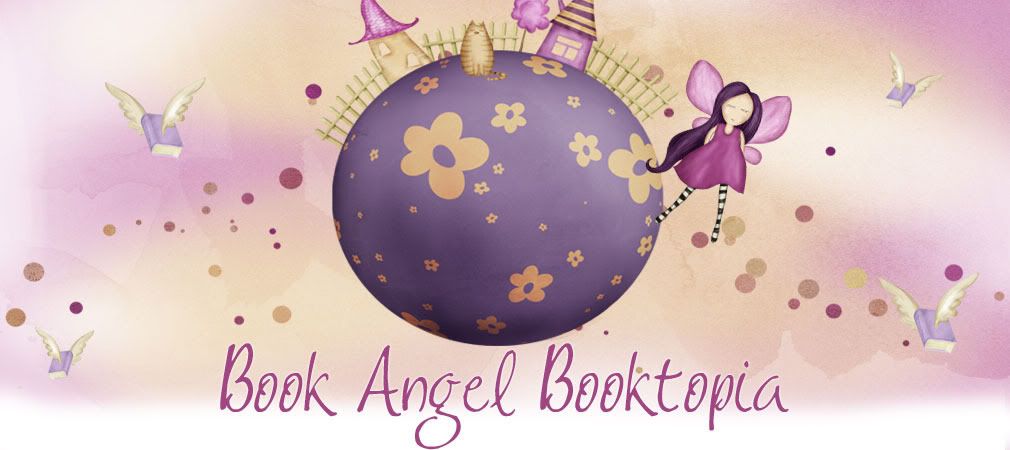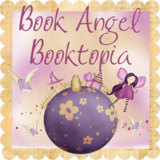To celebrate the start of the World Shakespeare Festival, Usborne editor Louie Stowell – author of Usborne Young Reading: Hamlet  - tells us about the process of writing retellings for children, introducing them to stories that have been passed down for generations:
- tells us about the process of writing retellings for children, introducing them to stories that have been passed down for generations:
Retelling tales
One of my fondest story memories is of a retelling. I had the measles or some other childhood lurgie that kept me pinned to the bed and feverish. So, my dad decided to tell me a story. It was a story I’d heard a little bit of before – I’d seen a cartoon version of it. So, it was already an “old” story to me, in a way. I’d also read a prequel to it. But, now, my dad re-told the entire story for me.That story was The Lord of the Rings
That’s what stories often are for me. Sure, I can read a great novel that could only have been written in those words. But the story beneath it, that could be told again (and will be, and probably has already been pretold).
Stories are things, for me, that have a life of their own. Good stories are, in any case. Good stories come back and back and back to haunt you, changing all the time.
I’ve done a lot of retellings over the years for Usborne – after growing up reading Usborne retellings myself. I was particularly attached to the old King Arthur where King Arthur looks like Rob Brydon. At least, he does in my head. Is it just me?
So, how do you go about turning an old story into a new book? What do you keep? What do you lose?
When I write a retelling, it’s always of a story in the public domain – for obvious copyright not-getting-sued reasons. But, older stories are ones that seem riper for retelling on the whole anyway, because they have that feeling of having been passed down through the generations, with twiddles and extras added, and other parts forgotten over time.
Usually, I’ll find myself reading multiple versions of the same story, from different original texts. Retellings are usually re-re-re-retellings. That is, unless I’m retelling a Shakespeare play – I did Hamlet
….and for that, I went back to the text, dusting off my undergraduate copy.
Studying English, I remember having long discussions and reading multiple essays about whether or not Hamlet was really mad. There was something very satisfying about covering that in a couple of sentences in the retelling. In the end, I came down mostly on the side of “really properly bonkers”, interpreting Hamlet’s madness through someone else’s eyes – so, there’s still wiggle room for him not being mad, in case anyone would rather read him the other way. (But, really, who stabs people behind curtains when they’re only acting at being insane?)
When retelling Shakespeare plays, I do try and include a bit of the language – I don’t want to imply that language is only the servant of story, or that it’s interchangeable. Just that stories have their own existence, apart from language.
When it comes to fairytales and legends, the characters often don’t have a 3D psychology in the various original stories, so there’s a lot of fun to be had in making them feel like living, breathing people and not just a set of actions in sequence.

I found myself confronting questions like “Why DOES Beauty fall for the Beast?” and “How does she feel at first about him?” which I’m not sure I’d ever thought of as a child.
There’s also the question of the morality of a story – moral and social attitudes now are radically different from the origin times of many stories I rewrite. I usually deal with that by trying to preserve aspects of the ethos of the story, as it was… but also, I’m aware that I’m writing for young children, and there is a bit of a moral duty at work here… so, I try to bring out what I think is good in the story – morally as well as narratively – to a certain extent. For example, retelling George and the Dragon
One day, I’d love to do a Revolting Rhymes
Thank you so much to Louie for the guest post. A tantalizing taster of things to come in Classics Carnival covering August 2012.



















Brilliant post. I think another reason why ancient stories still resonate is because there is a fundamental truth in them that appeals to something deep in our soul and psyche. I wonder which stories from today's unbelievable crops will stand the test of centuries?
ReplyDeleteThank you for the brilliant comment. That really does make you think - especially which books will be studied in schools in the future
ReplyDeleteSaviour, thank you!
ReplyDelete